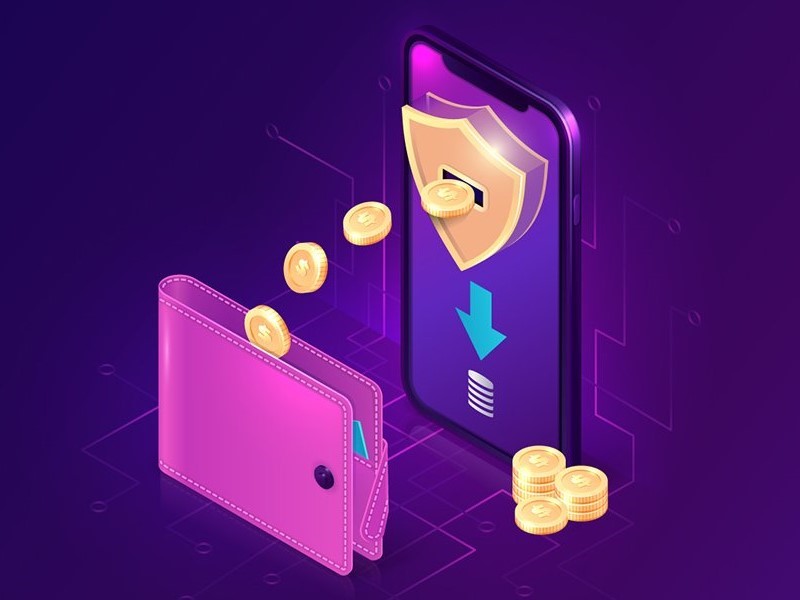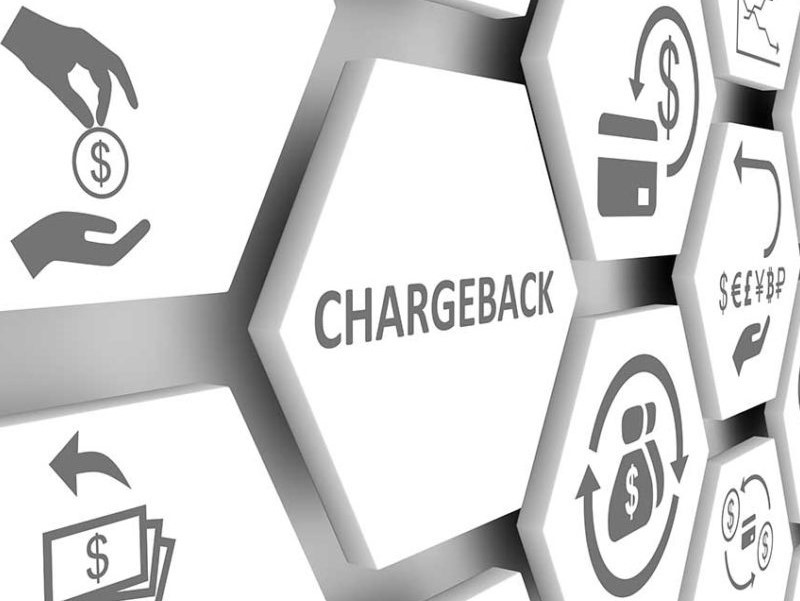You made an expensive purchase in an online store with prepayment, but the product does not meet the declared characteristics or quality criteria, and the seller does not respond to your emails and requests? You transferred money to a trading account, but the broker turned out to be a fraudster? Have you paid over the Internet for services that were never provided? Each of us has had to deal with such a situation at least once in his life. One of the most effective ways to solve this problem is the chargeback procedure. What is a chargeback and in what situations can it help? A short guide for our readers – how to independently carry out a chargeback.

Conditions for Chargeback – When can a refund be requested?
A chargeback is a special procedure that allows the payer to dispute a money transfer made through a bank card. As a rule, this procedure is used when it is necessary to resolve a dispute between the buyer and the seller of goods or services. If a user voluntarily transferred his money to scammers or made an unsuccessful investment, he cannot count on a refund under the chargeback procedure.
Three parties are involved in the chargeback procedure – the sending bank, the recipient of the funds and the payment system to which the issued card belongs. In general, a chargeback looks like this: a dissatisfied buyer of goods or services submits a complaint. The bank evaluates the extent to which the collected evidence base meets all the necessary requirements and, if the decision is positive, forwards the complaint to the payment system, which forwards it to the seller’s bank for verification. If the verification confirms the merits of the complaint, the financial institution will forcibly write off the money and return it to the buyer’s account.
The refund period depends on the payment system. Since the chargeback procedure is not legally regulated, the banks follow their internal regulations and procedures. For customers, the refund to the card may cost a certain fee in accordance with the service agreement concluded with the bank.
According to statistics, the most common reasons for a chargeback procedure are:
- The buyer has paid for goods or services, but has not received them.
- The user transferred money to his trading account with a brokerage company, but the services do not comply with the conditions specified in the contract or the broker-scammer refuses to refund the money.
- The seller has not delivered the ordered goods or sent defective products. The buyer returned the goods, but the money was not returned.
- When making a purchase with the customer’s card, an amount higher than the price of the purchase was debited. The exception is situations in which the difference arose due to exchange rate fluctuations – the buyer paid for the goods in one currency, but the supplier received payment in another currency.
- The supplier of the goods or service debited money from the buyer’s card without his consent. For example, the buyer paid a monthly subscription to an online resource, but the automatic debit checkbox was not ticked, and the service provider still debited the money. Or you bought a product in an online store and the company sent another variant of the same product the next month and debited the payment from your card without your consent.
- The payment for the same purchase or service has been debited from the account several times.
In each specific case, we recommend that users consult with the bank’s specialists whether the actions of a dishonest supplier or fraud broker fall under the chargeback procedure. It is also possible to carry out the rolling reserve procedure.
Collecting evidence for chargeback
The first thing the user needs to do is to collect as much evidence as possible that fraud or unfair actions have taken place. Primary accounting documents (invoices, receipts, delivery notes), bank certificates (bank statements, proof of payment) and visual information (product photos, videos, screenshots of correspondence or scanned documents) can serve as evidence. The more comprehensive the evidence of unfair or fraudulent actions is collected, the more substantiated the complaint will be and the greater the likelihood of a positive decision for the buyer.

Chargebacks – How do you get your money back?
The chargeback procedure consists of several consecutive steps:
- In the event that the seller ignores you or gives you a refusal, submit a notice of objection to your bank. Usually, payment systems such as Visa, MasterCard or American Express offer the possibility of a chargeback only if the notification is received within 120-180 days after the purchase. However, this period can be calculated from the moment of payment or from the end of the contractual period between the seller and the buyer. For example, if you paid for an annual subscription to a streaming service and after ten months decided to use the service, but found that the site is already closed, you can make a chargeback request because of this, since the paid service was never provided to you.
- Wait for the decision of your bank. After receiving the chargeback request, the bank has 30 days to respond to your customer if the seller is in the same country, or 60 days if it is an international payment. At the beginning of the chargeback procedure, the bank may refuse the user’s request, demand additional evidence or initiate the procedure for returning money. A refusal often occurs when the internal working order of the financial institution does not provide for this procedure, the client’s complaint does not comply with the rules of the card payment system that issued the card, or the chargeback procedure was initiated later than the established deadline.
- Get your money on your card. After receiving the notification of the chargeback, the buyer’s bank forwards it to the payment system, which then sends a request to the seller’s bank. If the complaint is justified, the financial institution debits the funds from the company’s account.
How to write a complaint correctly?
It is advisable to file the complaint by registered mail, by e-mail or in the online chat on the company’s website and keep all receipts and screen copies for the bank. If the refund is refused, submit the request to your bank. If you do not receive an answer, repeat your request, wait a certain time (one to four weeks) and proceed to the next step, pointing out the conscious ignorance of your requests by the seller.
What should a bank customer know about filing an objection notice?
When writing the notice, it is important to remember that the deadlines for submission may be much longer. For example, if an advance payment has been made, the deadline for a chargeback can be up to 540 days. This rule is most often used for cases when it is necessary to produce the goods after payment. In some financial institutions, such as. the Savings Bank, there are its own internal guidelines for submitting applications for a refund from a broker – this information can be found on the bank’s website or from the operators of the customer service hotline.
The complaint must be submitted to the buyer’s bank, not directly to the seller’s bank, in writing or electronically via the online banking system. Some employees and managers may not be familiar with the term “chargeback”, so it is better to ask for a refund request or the challenge of card transactions. All the collected evidence should be attached to the request – receipts, receipts, invoices, contracts, screenshots of correspondence and unanswered emails from the seller.

Actions of the seller – Arbitration commission
After the buyer receives the chargeback notification from his bank, the supplier of the product or service may agree to pay the required amount, which will be credited to the buyer, or refuse payment and send a representation with evidence to his bank. In the second case, there are several possible developments:
- The buyer’s bank agrees to the representation and sends the buyer a refusal of the money transfer.
- The buyer’s bank does not agree with the representation and sends a chargeback request to the seller’s bank. If the bank agrees, the funds will be returned to the card account. Otherwise, the buyer’s bank may contact the arbitration commission of the payment system, which will make a final decision.
The most convincing arguments in favor of the seller are the customer agreement or the refund policy that the buyer read and accepted during the purchase process and violated, as well as copies of correspondence or photographs proving that the buyer is satisfied with the purchase or the quality of the services provided. Before paying for the product or service, carefully read all the points of the agreement that you accept on the seller’s website. After receiving the product, you should avoid posting photos on your social media pages – these could be used as evidence against you.
Popular questions
The international rules of payment systems provide for the following maximum deadlines for the chargeback process: the duration of the dispute is no more than 540 days, the check by the buyer’s bank takes no more than 45 days, the check by the seller’s bank takes no more than 30 days, the check by the payment system arbitration procedure takes no more than 10 days.
The chargeback process does not require any special knowledge and skills. However, if we are talking about large amounts or if the deadline for submitting an application is about to expire, it is better to contact lawyers specializing in such cases.
After submitting the application to the bank, you should ignore all the seller’s contacts. If you get in touch with him, you could provide him with evidence that you are trying to get a double refund. Such actions could be considered fraud by the arbitration commission.
The chargeback process is an internal mechanism for resolving disputes with the participation of the payment system. It only applies to payments with a bank card.







